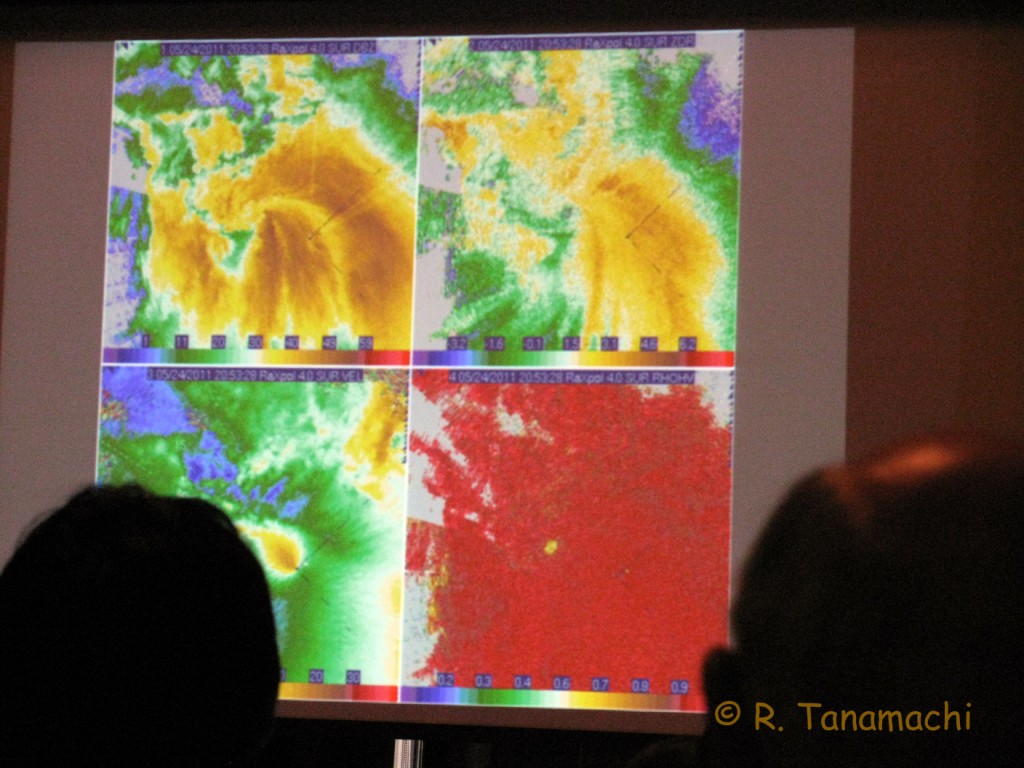I’m thankful for having had the pleasure of watching several of my classmates pass their general examinations this semester. “The general” constitutes the last major hurdle before the dissertation defense, and a successful examinee becomes “A.B.D.” (all but dissertation). As a recent Ph.D. recipient, I have aggregated a few nuggets of advice for them. Some of these items may seem self-evident in hindsight, but may not be to those upon which the stress is piled higher and deeper.
- No escaping it, the dissertation is a daunting undertaking. It can seem insurmountable. The key to getting it done is to break it apart and tackle each chapter, section, and subsection individually. As the old saying goes, “How do you eat an elephant? … One bite at a time.”
- You must make dissertation writing a habit from now on. Set a writing schedule and stick to it. (For a scientific discussion of why this works, read Paul Silvia’s book How to Write a Lot, which I extolled in a previous post.)
- Ultimately, your name will be the only one on the spine in gold leaf, but no one writes a dissertation in a vacuum. Keep a list of people who helped you and notes about how they contributed. This list will easily transform into your acknowledgments section. Speaking of which…
- The acknowledgment section is the only section of the dissertation over which you have complete control, so have fun with it. Give enthusiastic shout-outs to those who made your journey smoother. Include photos, anecdotes, poetry, whatever you want!
- Be defensive about your time. You need to maintain laserlike focus on your goal. In the semesters prior to your defense, reclaim your time by load-shedding, and don’t take on new commitments. Let others know that your availability will be limited in the coming months, so that they can adjust. This advice is particularly relevant to women, since we are conditioned to try to please everyone. Learn to say, “No.” Be polite and pleasant, but also firm.
- Some of your biggest stumbling blocks may be internal. There will be days when you simply don’t feel like writing. You will suffer setbacks. There will be days you feel like throwing up your hands and walking away from the whole endeavor. Always remember that you are not the first Ph.D. candidate to feel this way (although many of us think we are). A support group that meets over coffee once a week can be beneficial for working through your issues. If your internal blocks are too great for you or your support group to bear, consider seeking help from your school’s professional counseling services.
- Do what you have to do to maintain your focus. Close your office door. If you share an office, use a visual signal to communicate when you do not want to be interrupted. (In my case, I wore a pair of over-the-ear headphones to tell my officemates that I was “in the zone.” Another of my colleagues put out a black rose on her desk when she did not want to be disturbed.) I also made extensive use of overnight hours, when distractions were at a minimum.
- Stay physically active. Writing a dissertation involves sitting on your butt in front of a glowing screen for long periods of time. If you don’t take care of your body, no one else will. Don’t neglect diet and exercise, even when it’s crunch time. Stick to your exercise regimen. If you get stuck on a paragraph, a simple 10-minute walk outside can be a great refresher.
- Keep your right brain busy, too. Analysis, derivation, and logic all fall to our left brains, and its fruits are traditionally over-represented in the dissertation. Don’t let the creative, nonlinear strengths of your right brain fall by the wayside. Paint, draw, sing, play a musical instrument, write poetry, laugh. Would you work out with only half a barbell?
- Keep copious electronic notes that are easy to search. Our parents’ generation used note cards to organize information. We now have electronic tools that can do many of the same things. In my case, I created a (private) blog on LiveJournal and documented everything related to my dissertation there, including my thought processes, conversations with others, small epiphanies, and even more mundane things like compiler options. I used tags to organize it so that I could quickly reference past entries, a practice that saved me a great deal of time when I had to retrace my steps.
- When you dedicate yourself so completely to studying one topic or case, literally for years, your brain will naturally yearn to work on other things. You will have flashes of inspiration for projects that aren’t related to your Ph.D. research at all. When new project ideas come, write them down, and save them for later. I kept a document called “Future projects?”, and one of those ideas turned into my postdoc.
- Be kind to yourself. Set attainable, bite-sized goals, and don’t forget to reward yourself when you reach them.
Remember, you’ve progressed further toward your dreams than 99% of the population. You are the cream that rose to the top. You are stronger than you think you are. Be proud of that fact.
Good luck!










